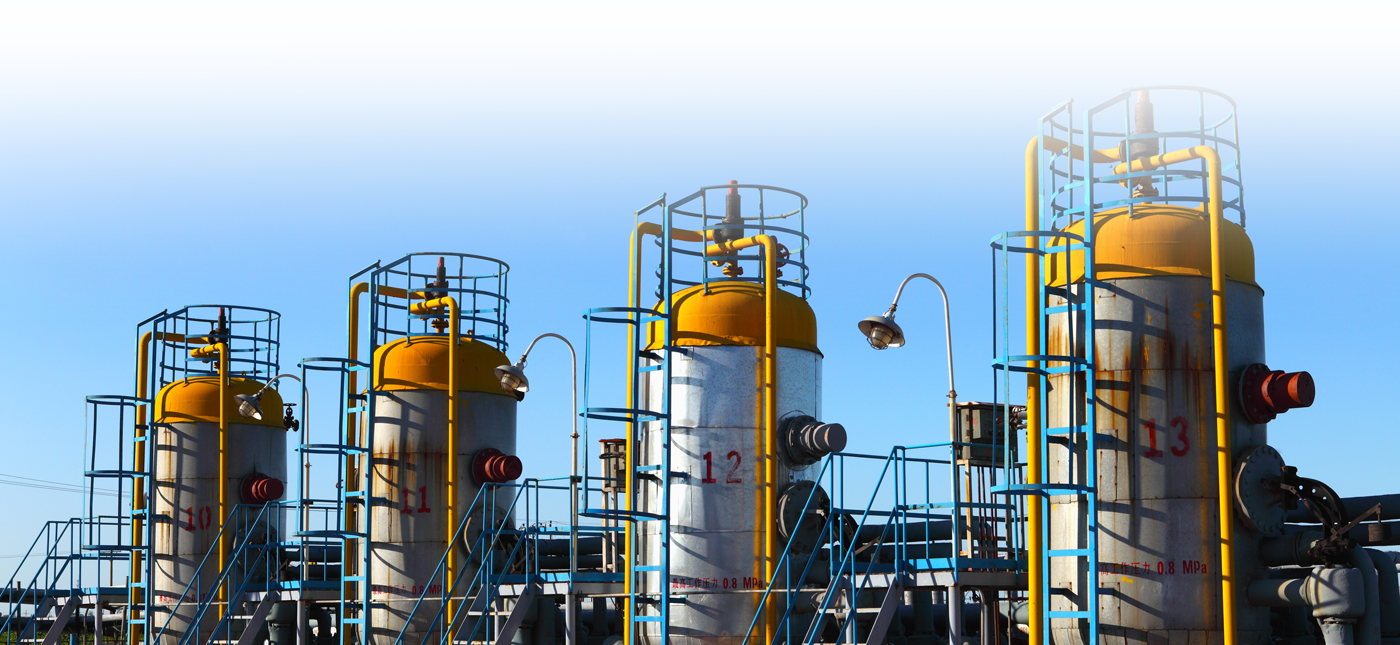Torsional Vibration
Electromagnetic Effects on the Torsional Natural Frequencies of an Induction Motor Driven Reciprocating Compressor With a Soft Coupling
Paper No. 104
The electromagnetic field in the air gap of an electric motor is responsible for producing torque between the rotor and stator. The analysis and design of motor-driven equipment trains can be improved by including this electromagnetic (EM) effect. Torsional vibration or unsteady conditions from a reciprocating compressor are superimposed over the steady-state operation of an induction motor. In the past, these phenomena were usually neglected as typical analytic methods were unavailable for the prediction of these special effects. In some cases, not accounting for EM influence leads to substantial errors in the torsional vibration analysis (TVA).
Torsional vibration data were obtained on a motor driven reciprocating compressor system with a torsionally soft rubber coupling.
This paper shows how the torsional stiffening effect of the electromagnetic field can affect the torsional natural frequencies (TNFs) of a compressor system that utilizes a torsionally soft coupling. The torsional measurements documented herein show that a shift in the first TNF occurred due to the effective torsional spring to ground related to EM. The torsional data confirmed that this effect is significant for a motor-driven reciprocating compressor system with a torsionally soft coupling.
Comparisons of the field data are then made with theoretical predictions of the TNFs with and without EM effects. A relatively simple methodology for calculating torsional stiffness and damping of EM is shown and yielded good correlation with the measured data. The accurate prediction of all dynamic characteristics of the system becomes more important when the motor is controlled by a variable frequency drive (VFD) over a large speed range so that dangerous torsional resonances can be avoided.
As a result of the torsional measurements, the minimum operating speed of this compressor system was increased to provide a sufficient separation margin (SM) from the TNF as recommended by American Petroleum Institute, API 618 for reciprocating compressors [1]. This was accomplished by reprogramming the VFD in the field. To minimize dynamic torque in the rubber coupling, it was also recommended that operating the reciprocating compressor with single-acting cylinders be avoided since such operation produced higher dynamic torque at 1× running speed and excited a torsional natural frequency of the system. In the future, the EM effect should be included in torsional analyses, especially for motor-driven reciprocating compressors with soft couplings.
Download PDF